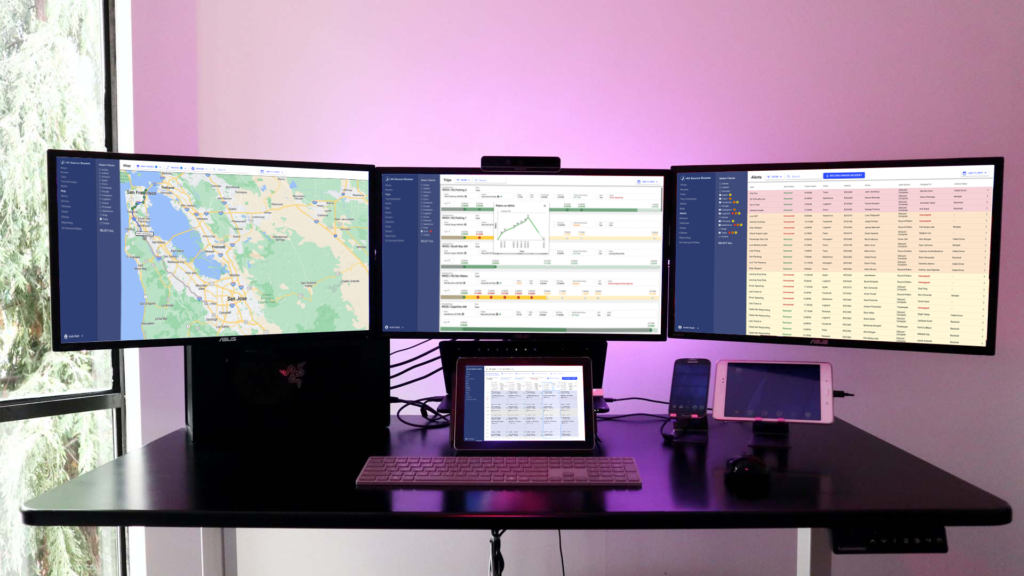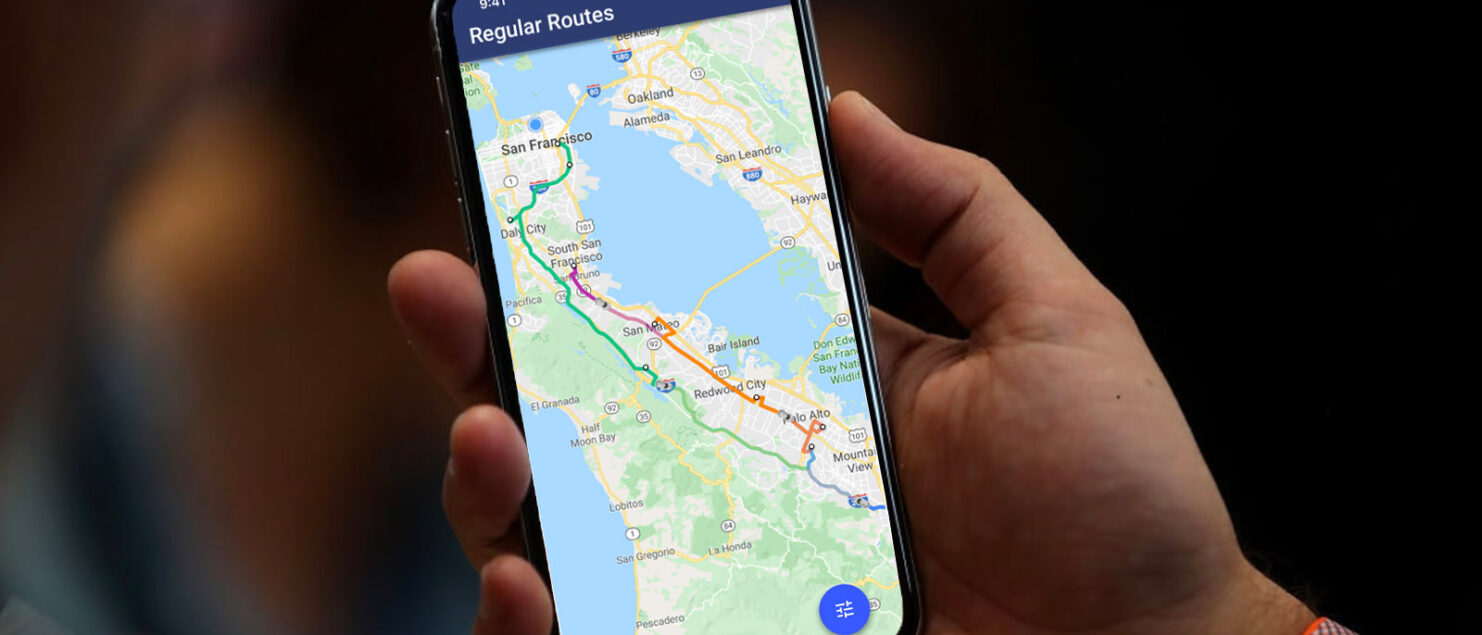Corporate Transportation Software Suite
The client, a corporate transportation company shuttles employees from urban centers to their employer’s headquarters all across the country. The client is currently using a patchwork of software products to track, manage and optimize their operations.
Status: On Hold (Pandemic)
Time Frame: September, 2019 – June 2020
My Role: Product Designer/UX Consultant
Business Problems
Scalability
The off-the-shelf software product the client is currently using in their operations control center (OCC) to monitor and plan their clients transportation logistics was built for a single company to manage their own fleet of vehicles. However, because the client has dozens of their own clients to manage, they needed to have a separate instance of the product for each client. This clearly isn’t scalable and so the client engaged us to build a system that combined all their clients into a single product.
Integration
The client manages routes and passengers with one software product from their OCC.
Vehicles are managed by another software product via an IOT device onboard the vehicles.
Drivers are managed with a time tracking software product from the vehicle depots.
Riders track vehicles from a public facing version of the OCC app and schedule on-demand rides by calling the OCC.
Customers interface with the client through a series of google docs and phone calls to report incidents.
Because the client’s software products for their various business areas don’t talk to each other, the integration gap is being filled by humans. Understandably, this gap is resulting in a hectic work environment for employees, a frustrating experience for riders, and a hands-off relationship with customers.
Efficiency
The client is struggling with attendance issues and short fuses from their unionized drivers, and while this behavior is not acceptable to the client, they understand that the underlying problem is institutional. The OCC’s limited software functionality means that drivers are bearing the brunt of the organization’s inefficiency. It’s currently common for drivers to have a 4 hour shift in the morning, followed by a 4 hour unpaid break in the middle of the day where they’re stranded on location before completing their day with another 4 hour shift in the evening.
Incidents
The client currently relies on drivers to report mechanical, passenger, and safety incidents. With out-of- date traffic information, an aging fleet of vehicles, and a series of unmarked restricted city streets to contend with–drivers are left to contend with unreasonable working conditions. This has led to a litany of incidents that are slow to be resolved and leave their riders and customers frustrated.
Solutions
The client engaged us for a discovery to devise software solutions to gradually phase out their malfunctional software while integrating their mission critical features into a cohesive software suite to manage their business operations. We worked with the client for over a year through a corporate buyout to design a system that fit their needs. We were days away from signing a deal with the client’s new owners when a global pandemic broke out and forced their clients to move to a remote work model–thus rendering corporate transportation obsolete. With employees growing accustomed to working from home, theres no telling if the client will ever regain lost business, but if that day comes, they’ll have a deal for world-class enterprise software waiting in the wing.
Operations Control Center App

Operations Control Center Prototype
Driver Tablet App
The driver tablet app is what drivers use to plan their routes and schedules as well as to communicate with the OCC
Rider Mobile App
The Rider Mobile App is what riders use to hail on-demand rides, check scheduled route times and progress, and report lost items
Client Portal
The Client Portal is what clients of the transportation company use to track rides, view reporting metrics, and provide feedback to the transportation company
